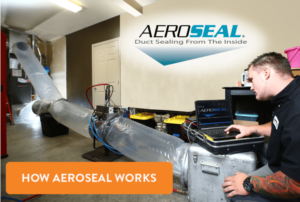Don’t let the dust bunny be an issue during the holidays.
With the holiday season in full swing, it’s time to start preparing the house for guests. Finding dust in your home is no fun, and no matter how much you clean it always seems to come back.
Dust is made up of all kinds of particles including plant pollen, dead skin cells, pet dander, insulation and fibers from clothing and paper. When it accumulates, it’s annoying and can wreak havoc on asthma and allergy sufferers. To make matters worse, with dust come dust mites. Grossed out yet?
While it’s impossible to completely rid your home of dust, here are some easy tips for keeping it at bay.
Clean Smart.
Using feather dusters will push the dust around and cause it to settle somewhere else. Use a damp cloth or microfiber or electrostatic cloth to capture dust. Always start cleaning a room from the top and work your way down. Change your bedding once a week and de-clutter. Don’t forget to shake out dirt and dust from your area rugs and pillows. Sweep and vacuum a few times a week to keep dust build up minimal.
Use Doormats.
Dirt and dust can be carried through the front, back or garage doors on the soles of your shoes or feet. Using heavy duty doormats will help cut down on the dirt and dust tracked into your home.
Change Your Filter.
A dirty filter will not only reduce the quality of the air in your home, they also lose their ability to to trap dust. Clean them regularly to maintain a healthy airflow. We recommend changing your filter once a month.
Set an Appointment with Your HVAC Contractor.
It’s important to have humidity levels between 40% – 50% to reduce static. Static attracts dust and makes in harder to remove. A Comfort Adviser will check the humidity levels in your home to ensure a healthy, comfortable and static free environment. It’s also very important to have your ducts tested and inspected for leaks. A Comfort Adviser will be able to identify sources like duct leaks which allows dirt, insulation particles and dust to circulate in your duct system and make way into your home. The decision to have your ducts sealed or cleaned may be the solution to minimizing dust in your home.
It’s important to remember that no matter what you do, you will still end up having some dust in your home. It is our goal to help you minimize the dust in your home. Have a trained Comfort Adviser do a thorough inspection of your ducts and living environment.
Continue Reading
Posted in Air Cleaner, Air Duct Cleaning, Allergies, Asthma, Duct Sealing, Dust, Healthy Homes, IAQ, Indoor Air Quality, Respiratory Issues | Comments Off on Got Dust? You can do something about it.







